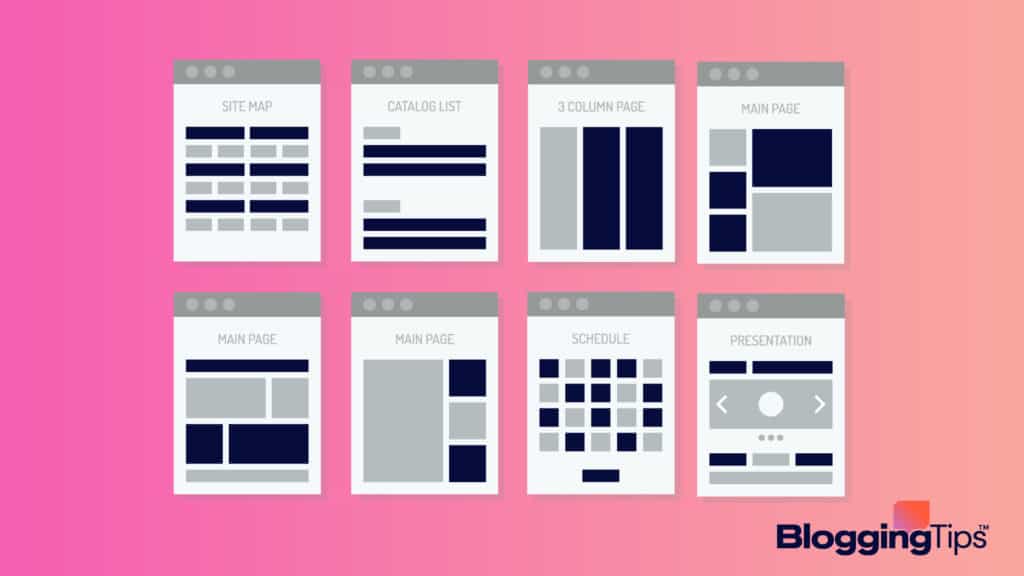There are countless types of blog posts, and you can get as creative as you like when you’re learning how to write a blog post.
In this section, we will go over a few of the most popular types of posts.

1. General Information Posts
A general information blog post can cover any topic under the sun.
Most of what we read online are general information blog posts.
General information articles can also be how-to articles.
How-to articles are the most popular types of content.
2. Ultimate Guides
When someone wants to go in-depth to learn something new, they look for an ultimate guide blog post.
What is an ultimate guide post?
These posts are lengthy guides (such as the article you’re reading right now about how to write a blog post) that have these things in common:
- Ultimate guides go in-depth on a broad topic.
- An ultimate guide will contain several different chapters or sections that cover a topic from several different angles.
- Ultimate guides are written by an industry expert, thought leader, researcher, or authority in the niche.
3. Product Review Posts
A product review post introduced and explains briefly a service or product.
Usually, if you do a product review, you will need to have actual experience using the product.
If you don’t, you risk losing credibility with your readers.
In most cases, a product review post will provide points for and against (pros and cons).
Then, the post is closed out with a recommendation or two.
Product review posts can also review several items.
For example, you could create a blog post reviewing five (or more) online training courses you like.
4. List Posts
People enjoy reading list posts because they’re highly scannable.
By their nature, list posts are made up of short pieces of information and arranged in a way that makes them easy to read.
You can create list posts that are either long or short.
For best results, use numbered subheadings, then a couple of paragraphs underneath the subheadings.
5. Roundup Posts
A round-up blog post is similar to a list post (also called a listicle), and these types of posts are an excellent way to create concise, punchy content that will attract readers.
Round-up posts are easy ways to structure a blog post, and you can use them to pull together experts in your blog’s niche.
You can also use round-up posts to link to other good web content or content on your own blog.
For example, a roundup post for “The Best Chicken Recipes” could be linked to recipes on your blog or other recipes around the web.
6. X vs Y Posts
An X vs Y post is also called a comparison post.
In this type of blog post, you are comparing two similar products and giving the pros and cons of each one.
For a comparison post, you don’t go as in-depth as you do with a product review post.
Instead, you compare similar features and point out the benefits of each tool. Determining that one is better than the other is optional.
7. Alternatives Posts
An alternatives blog post informs readers about alternatives to whatever they’re searching for. Here are some examples.
- 11 Photoshop Alternatives
- 17 Alternatives to Ugg Boots
- 13 Apple Watch Alternatives
People who are searching for an alternatives post usually use very specific long-tail keywords in their searches.


Responses